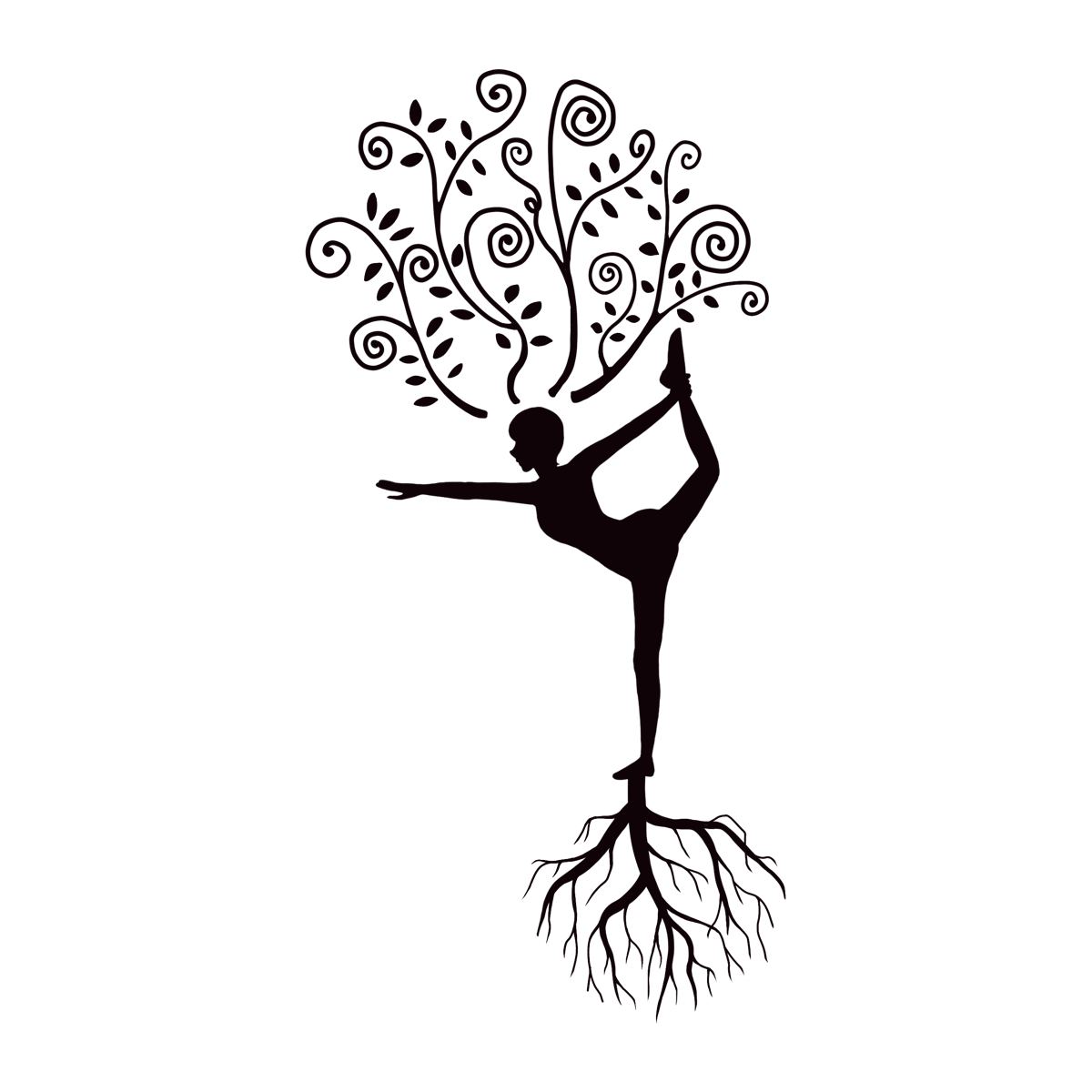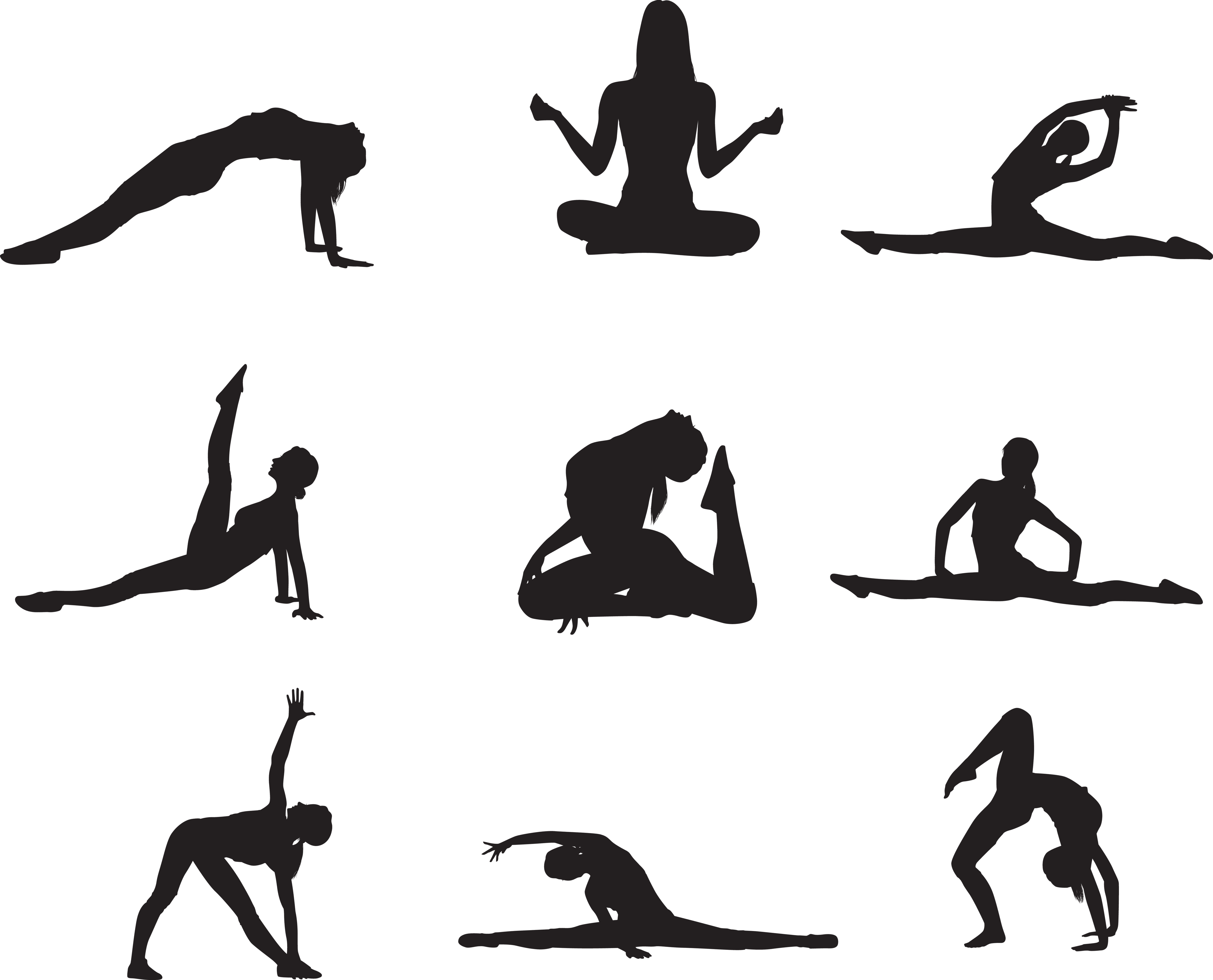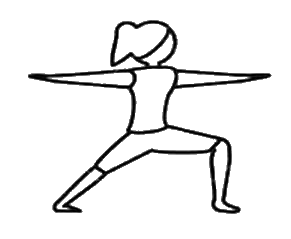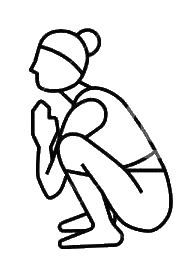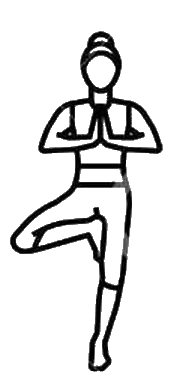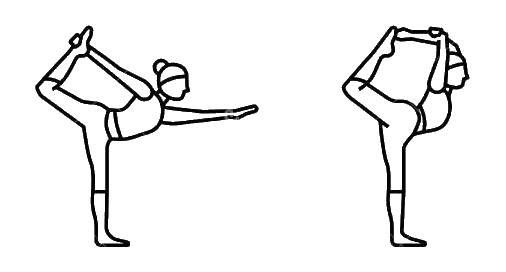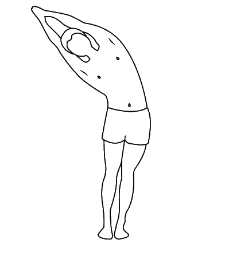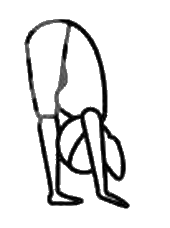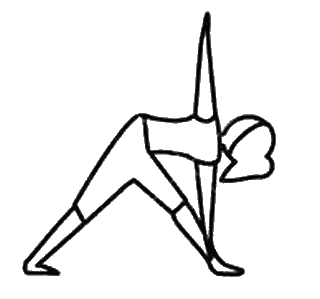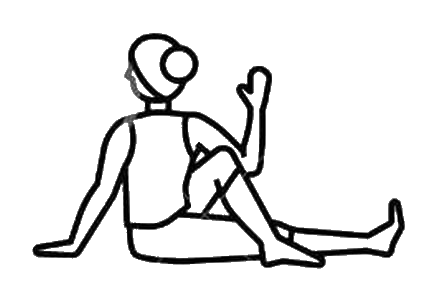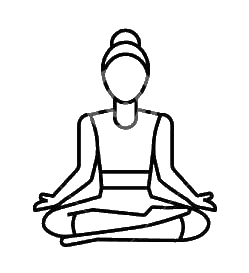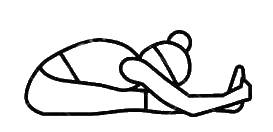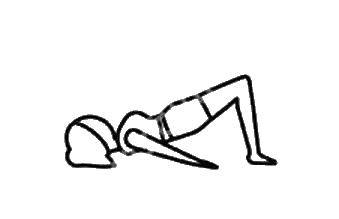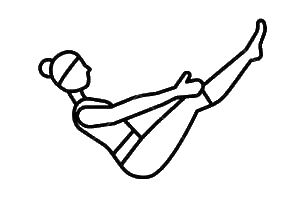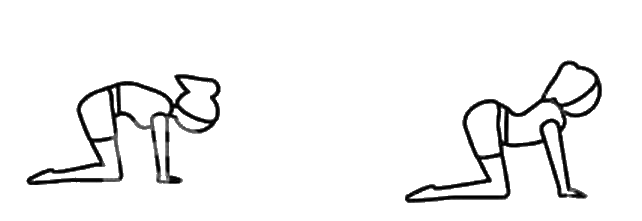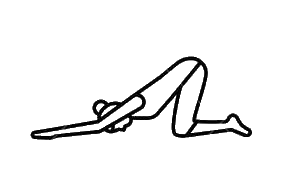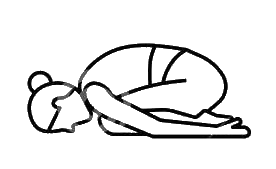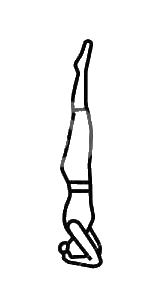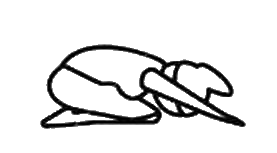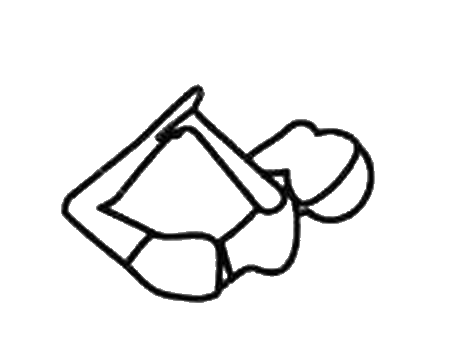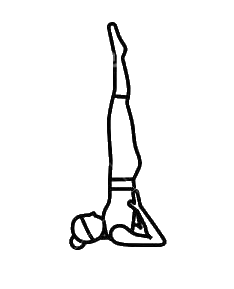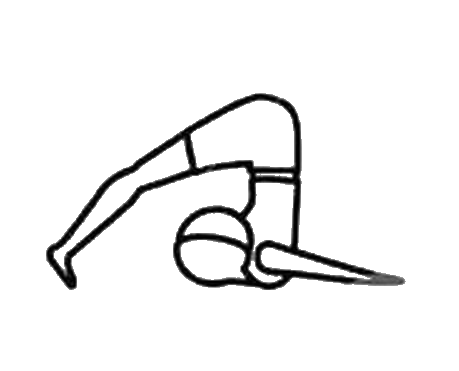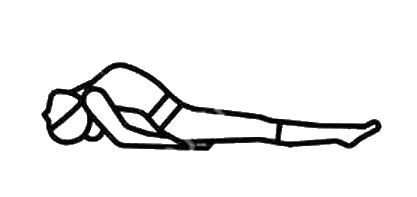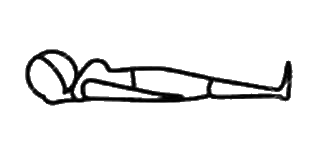Yoga and Health
Finding Your Own Path in Yoga
There are countless yoga practices out there, but here I chose to share the ones that truly helped me when I first began. These exercises are meant for people who may start with less flexibility, who are looking for a simple routine, and who wish to deepen their practice for themselves—not to become champions.
Yoga is not a competition, nor is it about showing off or proving anything to anybody. It is about discovering, understanding, and improving our own selves—physically, mentally, and spiritually. The real goal is to become a little better than we were the day before.
The focus is not on matching the extreme flexibility often seen in pictures or demonstrated by teachers with naturally supple bodies. Instead, it's about respecting your own body's limits and gently working toward expanding them over time.
When we think about flexibility in yoga, I like to picture two sticks: one supple and bendy, the other stiff like a broomstick. If you press the same amount of force on both, the flexible stick bends gracefully, showing the movement on the outside. The stiff stick hardly moves at all, but that doesn't mean the force isn't there — it's just happening more quietly inside. In the same way, when a flexible person practices yoga, the effects are obvious: deep stretches, wide movements, visible flow. For someone stiffer, the outside might not look as dramatic, but the same effort is still working deep within. The muscles, tendons, joints, even the internal organs are engaged, strengthened, and nourished. So whether your body bends like a willow or resists like a solid oak, the practice carries benefits. Yoga isn't a competition of how far you can stretch — it's a way for each body, flexible or not, to process force, release tension, and grow healthier from the inside out.
General Health Benefits of Yoga Asanas
Physical benefits
- Improves flexibility and joint mobility
- Strengthens muscles and bones
- Supports healthy posture and spinal alignment
- Enhances balance and coordination
- Boosts circulation and oxygen flow
- Stimulates digestion and metabolism
- Strengthens the immune system
- Helps maintain healthy weight and body composition
Mental & emotional benefits
- Reduces stress and anxiety
- Promotes relaxation and better sleep
- Increases focus and mental clarity
- Improves mood and emotional resilience
- Cultivates mindfulness and body awareness
Internal / holistic benefits
- Supports heart health and may help lower blood pressure
- Balances the nervous system
- Stimulates internal organs, aiding detoxification
- Enhances energy flow (prana) throughout the body
- Encourages deep breathing, benefiting lungs and vitality



